|
Vietnamese German Scientific Symposium
Hanoi 22.11.2014 Venue: Vietnam National Heart Institute, Bach Mai University Hospital Time: 9:00 – 13:00 Organization: Vietnam National Heart Institute, Bach Mai University Hospital, Hanoi in cooperation with
Lectures: Sport and arrhythmia Dr. Birgit Gerecke, MVZ Ambulatory Cardiac Centre Peine, Germany Physical activity is an important factor to reduce cardiovascular risk. 2,5 – 5 hours a week of at least moderate intensity are recommended for adults of all ages in the guidelines for prevention of cardiovascular disease. But physical stress can also harm. There are about 0.2 – 3.0 cases of sudden cardiac death (SCD) in 100 000 young athletes (< 35 years) per year, 90 % of the share related to male athletes. Triathlon, american football and soccer have the most frequent number of arrhythmogenic deaths, highly recognized in the general public. The most important cause of SCD in athletes in a study of Maron (JAMA 2006) is hypertrophic cardiomyopathy (HCM) (36%), another 8 % had undetermined LV hypertrophy, possible HCM. Other and relying heart diseases were coronary artery anomalies (17%), myocarditis (6 %), ARVCM (4 %), channelopathies and other rare heart diseases. Only 3 % of the examined hearts of the athletes with SCD were normal. By screening programs the number of SCD in athletes can be reduced to less than the number in non-athletes (< 35 years) (about 1 / 100000 per year). The medical history has to include exertional problems, syncopes or near-syncopes, and a family history of sudden cardiac deaths under the age of 50 years in close relatives. Among other things cardiomyopathies, arrhythmogenic problems or congenital conditions should be inquired. Physical examinations of the athletes include heart murmurs, femoral pulses, stigmata for a marfan syndrome and brachial artery blood pressure. Associations as the FIFA recommend a precompetition medical assessment including a past and present medical history (e.g. infections), a physical and an orthopedic examination, an 12 lead resting ECG, an echocardiography and laboratory testing before eat testing the eligibility for competitive football. The challenge is to differentiate between the physiological changes of an athletes heart and the pathological features of a underlying heart disease. There is a high prevalence of ECG patterns (e.g. T- wave inversions, early repolarisation patterns) in athletes that have to be evaluated. There is also the need to advise athletes with different arrhythmias concerning participation in competitive sports. And there is a group of patients with acquired or congenital heart diseases that needs recommendations for participation in competitive or leisure sport activity. Catheter ablation of atrial fibrillation: newest developments Dr. Dinh Quang Nguyen, Medical Clinic III, Department of Cardiology, St. Vinzenz-Hospital, Köln, Germany Atrial fibrillation (AF) is the most common arrhythmia and has gained increasingly more attention due to new treatment options, particularly catheter ablation. Growing experience with this technique and better AF suppression compared with antiarrhythmic medication have paved the way for its extended use and indication. At this point, it is recommended for symptomatic patients if antiarrhythmic drugs failed and in selected young symptomatic patients as first line therapy. We present an actualized overview of the different ablation techniques and the newest developments. The “fibrotic atrial cardiomyopathie (FACM)” : new substrate for atrial fibrillation? Consequences for clinical practice? Dr. Dinh Quang Nguyen, Medical Clinic III, Department of Cardiology, St. Vinzenz-Hospital, Köln, Germany The atrial structure/substrate of patients with atrial fibrillation and clinically similar characteristics can present very differently, and also the 'phenotype' (i.e. paroxysmal, persistent, and long standing persistent) of the arrhythmia cannot comprehensively explain these differences. It was unclear why some patients stay in paroxysmal AF for decades, whereas other patients with the same characteristics progress to persistent AF within a few months. In this review, evidence is described that AF patients without apparent structural heart disease have a chronic fibrotic bi-atrial substrate. There is also evidence from intraoperatively obtained specimen analysis, post-mortem autopsy findings, electroanatomic mapping studies, and delayed enhancement-MRI investigations that a higher mean value of fibrosis is detected in patients with persistent vs. paroxysmal AF but that the variability in the extend of fibrosis is always very high with part of paroxysmal AF patients having massive fibrosis and part of persistent AF patients showing mild fibrosis. Catheter ablation of ventricular tachyarrhythmias: epicardiac approach: when? how? Dr. Dinh Quang Nguyen, Medical Clinic III, Department of Cardiology, St. Vinzenz-Hospital, Köln, Germany Electrical storm (ES) is one of the most challenging clinical scenarios facing electrophysiologists, and in certain settings emergency ablation should be performed. The majority of ES occurs in patients with structural heart disease, predominantly coronary heart disease and nonischemic heart disease like right ventricular arrhythmogenic dysplasia and previous myocarditis as well as other cardiomyopathies. Implantable cardioverter-defibrillators (ICDs) are the first-line therapy in patients with ventricular tachycardia (VT) and structural heart disease. Recurrent VT episodes or ES are major problems in patients who receive an ICD after a spontaneous sustained VT. Catheter ablation has a high success rate in the acute setting in eliminating clinical VT. However, several factors make enodocardial catheter ablation of VT more difficult especially in advanced ischemic heart disease with heart failure and aneurysm. Frequently in nonischemic cardiomyopathies (NICM) there tends to be an epicardial and intramyocardial substrate where the critical VT zone can occasionally be epicardial or intramural in location. In some patients, an epicardial approach should be warranted first together with an endocardial approach or after failure of enodocardial ablation. 3-D-Echocardiography PD Dr. Wolfgang Fehske, Medical Clinic III, Department of Cardiology, St. Vinzenz-Hospital, Köln, Germany Stressechocardiography PD Dr. Wolfgang Fehske, Medical Clinic III, Department of Cardiology, St. Vinzenz-Hospital, Köln, Germany Sleep apnea and heart failure Prof. Dr. Si Huyen Nguyen, Vietnamese German Faculty of Medicine at Pham Ngoc Thach University of Medicine HCMC, HELIOS St. Marienberg Hospital Helmstedt, Academic Hospital of the University Magdeburg, Germany The prevalence of sleep-related breathing disorders both obstructive sleep apnea and central sleep apnea in the form of Cheyne-Stokes respiration in heart failure is generally high. With increasing heart failure, an increase in central sleep apnea is to be expected. While obstructive sleep apnea is regarded as an independent cardiovascular risk factor, the central sleep apnea with Cheyne-Stokes respiration, seems to be rather a symptom of heart failure, which reflects the degree of heart failure. Pathophysiologically the activation of the sympathetic nervous system and the repetitive oxygen desaturations contribute most to adversely affecting the cardiac function. The Continuous Positive Airway Pressure therapy (CPAP) is the treatment of choice for obstructive sleep apnea. Concerning the treatment of central sleep apnea and Cheyne-Stokes respiration, the adaptive servo ventilation (ASV) is currently recommended. Sự phổ biến của rối loạn hô hấp liên quan đến giấc ngủ dưới dạng ngưng thở tắc nghẽn cũng như ngưng thở trung tâm khi ngủ đặc biệt là trong dạng thở Cheyne-Stokes ở bệnh nhân suy tim nói chung là cao. Sự gia tăng suy tim thì thông thường cùng đi kèm với sự gia tăng ngưng thở trung tâm khi ngủ. Trong khi ngưng thở tắc nghẽn khi ngủ được coi là một yếu tố nguy cơ tim mạch độc lập, thì ngưng thở trung tâm khi ngủ với dạng thở Cheyne-Stokes là một biểu hiện của triệu chứng suy tim, phản ánh mức độ suy tim. Sinh lý bệnh học cơ bản là sự kích hoạt hệ thống thần kinh giao cảm và giảm oxy lặp đi lặp lại gây ảnh hưởng xấu đến chức năng tim. Liệu pháp thở áp suất dương liên tục (CPAP) là điều trị lựa chọn cho ngưng thở tắc nghẽn khi ngủ. Liệu pháp điều trị hiện nay được khuyến cáo cho điều trị ngưng thở trung tâm khi ngủ và thở dạng Cheyne-Stokes là dạng thở máy đáp ứng thông khí tự động (adaptive servo ventilation). Clinically important drug interactions in cardiovascular therapy Prof. Dr. Hans-F. Voehringer, DRK Clinics Berlin, Germany Current clinical practice in Europe for management of atrial fibrillation Prof. Dr. Hans-F. Voehringer, DRK Clinics Berlin, Germany Atrial fibrillation (AF), the most common irregular heart rhythm, is a major factor for thromboembolic stroke and its prevalence is growing worldwide. The risk of ischemic stroke or thromboembolism is 4 to 5 times higher in patients with AF, with similar risks seen both in patients with paroxysmal as well as permanent AF. Approximately every fifth stroke is caused by thromboembolism secondary to AF and strokes related to AF tend to lead to more severe disability than strokes of other etiologies. The presence of AF is independently associated with a doubling of mortality rates (Lip, 2014). Based upon these statistic numbers the management of AF is of utmost importance. In the session data are presented from a series of surveys conducted to enhance the understanding of clinical practice patterns in the treatment of AF in the member countries of the European Society of Cardiology (ESC). Faculty: PD Dr. Wolfgang Fehske, Medical Clinic III, Department of Cardiology, St. Vinzenz-Hospital, Köln, Germany Dr. Birgit Gerecke, MVZ Ambulatory Cardiac Centre Peine, Germany Prof. Dr. Si Huyen Nguyen, Vietnamese German Faculty of Medicine at the Pham Ngoc Thach University of Medicine /HCM City, Academic Hospital HELIOS St. Marienberg Helmstedt, Germany Dr. Dinh Quang Nguyen, Medical Clinic III, Department of Cardiology, St. Vinzenz-Hospital, Köln, Germany Prof. Dr. Hans-F. Voehringer, DRK Clinics Berlin, Germany
0 Comments
Your comment will be posted after it is approved.
Leave a Reply. |
Archiv
November 2019
|
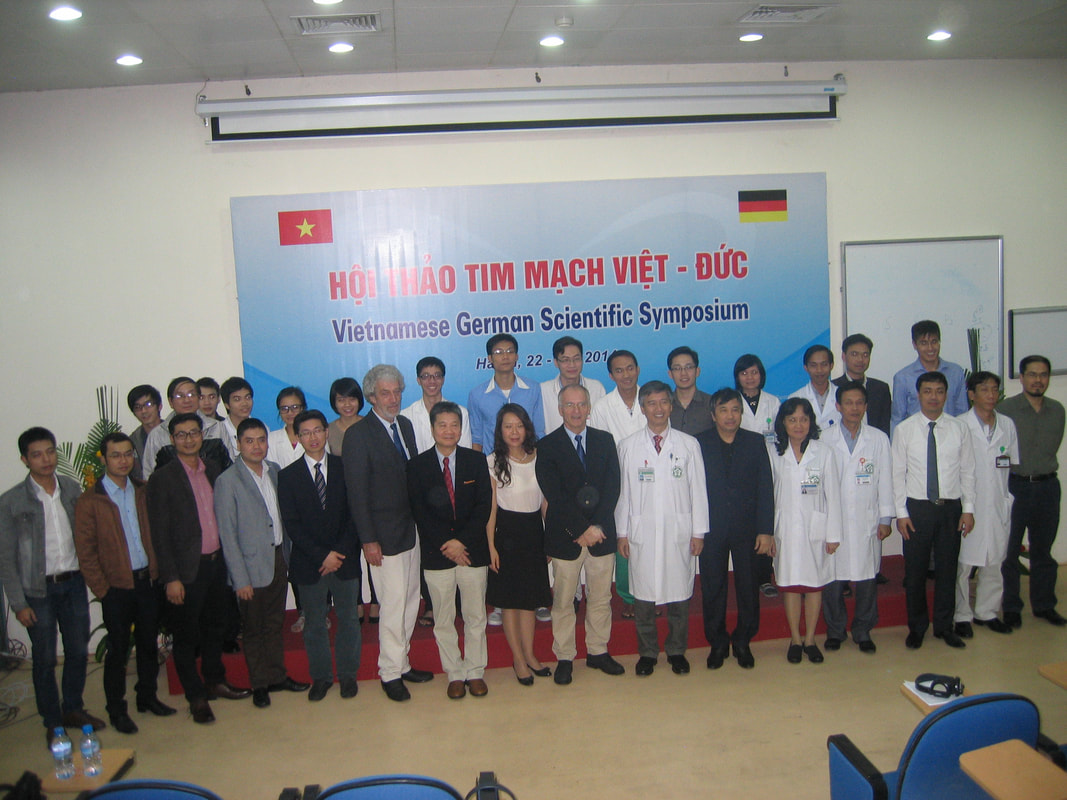
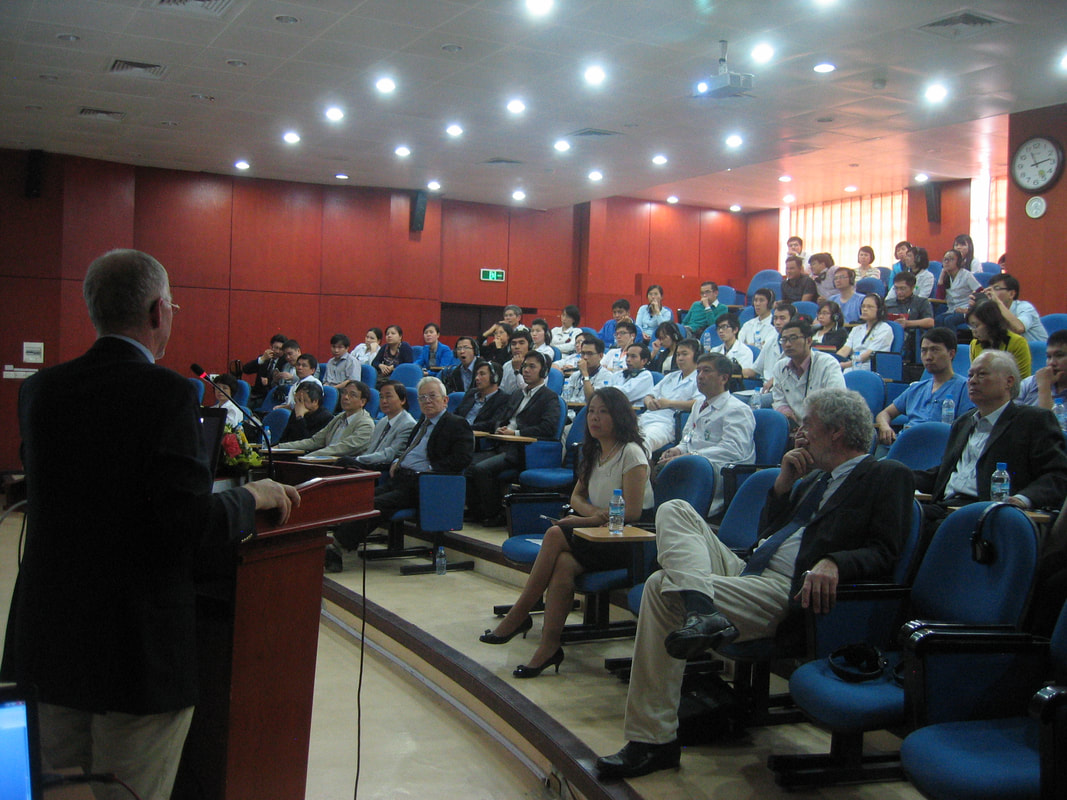
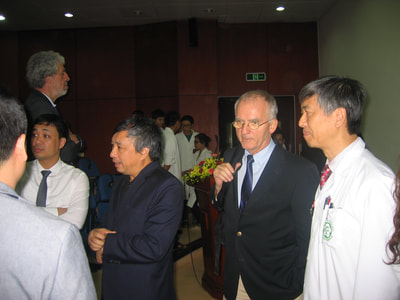
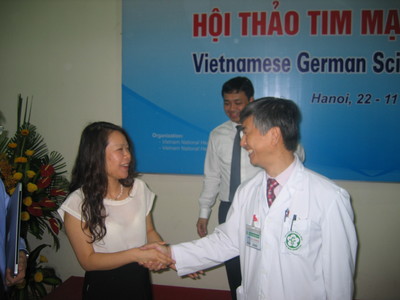
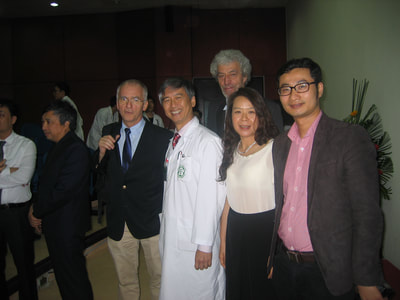
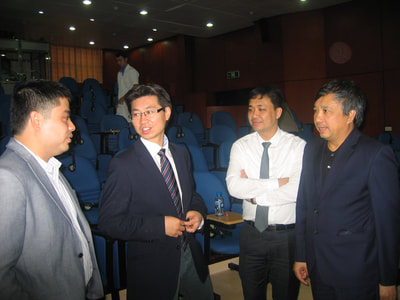
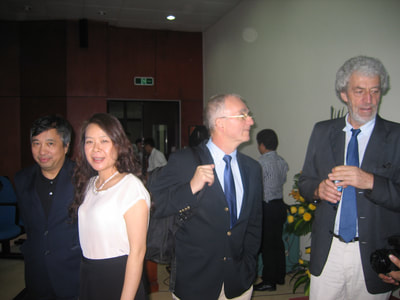
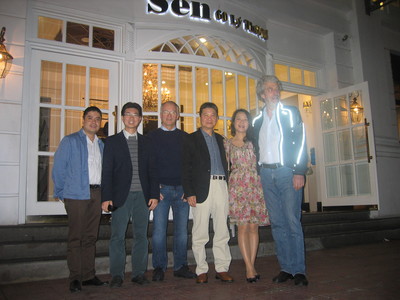
 RSS Feed
RSS Feed
